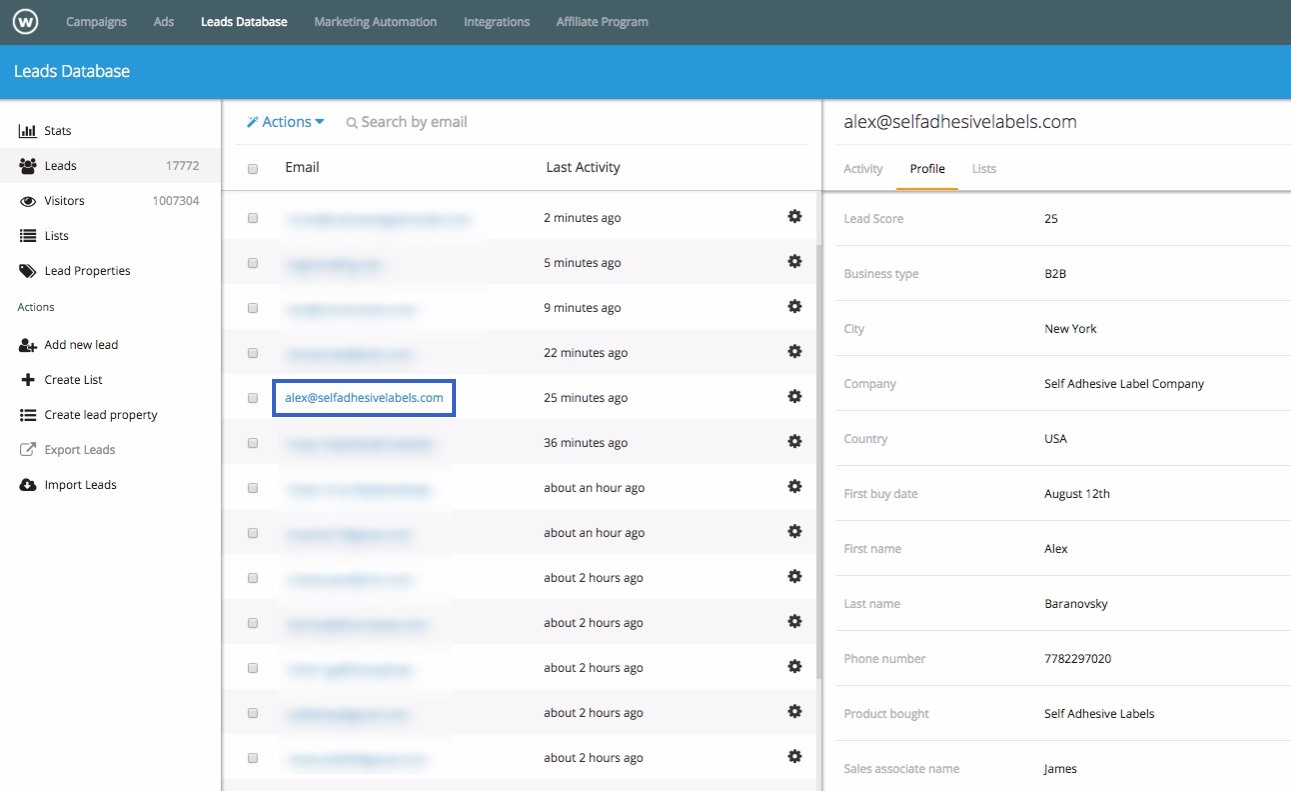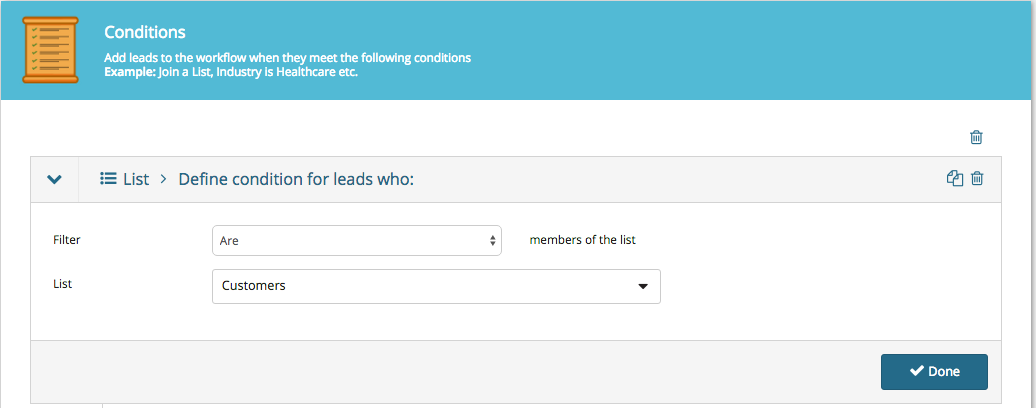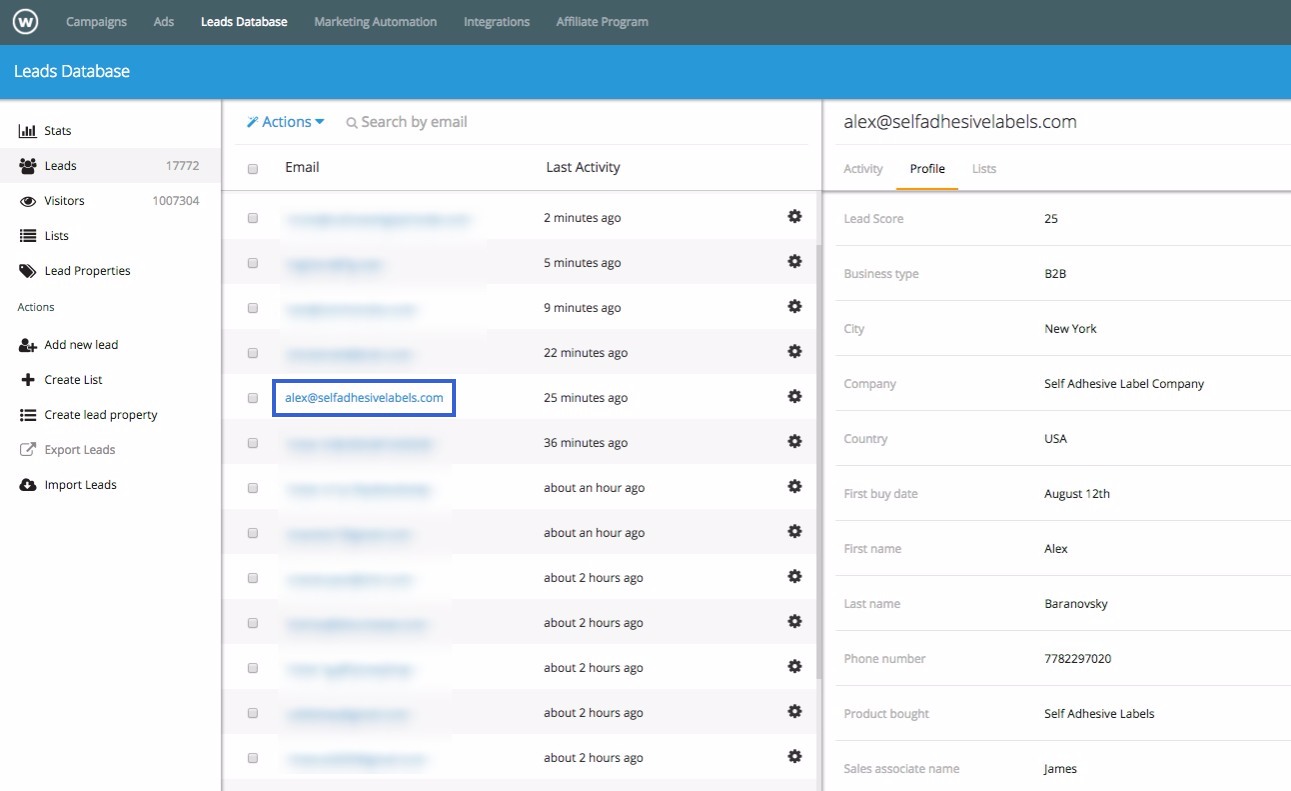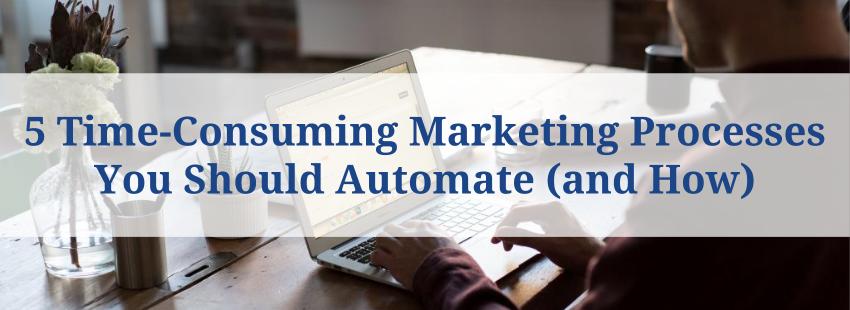There’s a scene in the West Wing where presidential speech-writer Toby Ziegler is sitting in a bar. He meets this guy, Matt Kelly, who’s taken his daughter to visit Notre Dame. They get to talking and Matt mentions the falling stock market. I’ll let Aaron Sorkin take over…
“I never imagined at $55,000 a year, I’d have trouble making ends meet. And my wife brings in another 25. My son’s in public school. It’s no good. I mean, there’s 37 kids in the class, no art and music, no advanced placement classes. Other kids, their mother has to make them practice the piano. You can’t pull my son away from the piano. He needs teachers.
I spend half the day thinking about what happens if I slip and fall down on my own front porch, you know? It should be hard. I like that it’s hard. Putting your daughter through college, that’s-that’s a man’s job. A man’s accomplishment. But it should be a little easier. Just a little easier. ‘Cause in that difference is… everything.“
I love this scene (slight sexism aside). I love the way it depicts the difficulties of life, but more than that I love that last part: “It should be hard. I like that it’s hard… But it should be a little easier. Just a little easier.”
Let’s translate it for our own careers. Because let’s face it, marketing a business is hard.
The mass majority of you (as readers) are, right now, sitting there with slight bags under your eyes and a mainline of coffee injected straight into your veins at 45-minute intervals.
There’s 100 strategies you want to implement, 12 you can, and another 40 which you probably haven’t heard of yet but are sure a competitor is already excelling at.
This article is not going to pretend I’ve found a secret red button which you can push and make it all happen of its own accord.
What I can do is give you a few strategies that our marketing team is currently implementing to make our jobs just that bit easier. ‘Cause in that difference is everything.
#1. Keeping Track of Existing Clients
Even the smallest small businesses have too many prospective customers, leads and clients to handle by hand.
As a result, many small businesses prioritize contacts, resulting in an untold number falling through the cracks.
And even your high-priority contacts can be lost if, for instance, you have a longer sales cycle and they don’t engage for months at a time.
One of the simplest, but most valuable, elements of marketing automation is the ability to track the people who matter to your business: your traffic, your leads and your clients:

With marketing automation (and a tracking pixel) you can see every single person who visits your site. You can see in real time if they’ve been there before and on what pages, if they’ve provided lead information or converted on a landing page, even (with integrations) if they’ve engaged on a customer support chat, interacted with your payment platform or received, opened or clicked through on an email.
Here’s a simple marketing automation use-case which taps into the ability to keep careful track of every single one of your business’ contacts, perfectly:
Every time someone completes a sale their profile will change and read something like “bought [product name].”
It’s the work of 5 minutes to create a workflow which sends an email (or text) to your customers:

This condition basically says that as soon as someone becomes a customer, the following actions should be triggered:

This is simply an automatically sent email checking up on your customer (remember to put the “from” name to be a sales associate who would see if they reply) and is a very simple example of how email automation and marketing automation can work to close the gaps which your customers can fall into so easily.
Top Tip:
I also recommend you use this workflow to send an automatic, internal email to your sales team for high-value customers who have been inactive for a certain length of time. This would remind them to pay close attention to these customers and also decrease your business’ churn rate. Track inactivity by cataloguing email opens, logins, page visits, or any other indicator you can think of – all of which is simple to do with marketing automation.
#2. Tracking Every Lead’s Chance of a Paid Conversion
Before we go much further let me show you the foundation for all of the automation in this article:
![]()
This is a marketing automation tracking pixel. Adding it to the theme code (or individual page code) of your website allows a marketing automation tool to “see” the way your traffic is interacting with your site.
This pixel will allow you to calculate, with impressive precision, the moment a lead is ready to buy.
Here are my 5 recommendations for determining sales-ready leads:
- Based on actions – For instance, a lead who opened and clicked through on a VIP demo email but didn’t register
- Based on page views – For instance, a lead who hasn’t yet converted, but has viewed your pricing page twice in the past two days
- Based on provided lead information – For instance, a lead who chose “ready to buy” or “looking to sell within the month” from your real estate landing page
- Based on manual input – For instance, a sales associate or member of your support team can manually add a lead to your sales-ready segment after a conversation.
- Based on lead score – For instance, a lead who has been very engaged with your brand – whose actions may not be indicative of sales ready individually but, together, indicate a high likelihood. Each action increases the lead’s score, until they reach the “sales-ready” number.
If you want to learn more about lead scoring, check out my colleague Kevin’s recent post “The Complete Guide to Lead Scoring.”
Here’s an example of how you can set up a workflow which automates tracking your lead’s chance of a paid conversion:

At Wishpond, we call our sales-ready leads “Hot Leads,” and adding people who meet the above conditions to that segment is crucial in managing our marketing and sales funnel:

How you convert your hot leads is entirely up to you, by the way. A few ideas, though…
- Use marketing automation workflows to trigger an internal email to a sales associate about a new hot lead.
- Use marketing automation workflows to trigger an automatic, sales-optimized email with personalized merge tags (see Process #3 below for more on that)
- Use marketing automation to dynamically alter your website to feature an discount exclusive to your hot lead in particular.
- Use marketing automation to add your hot lead to a remarketing audience, ensuring they see your brand, logo, and selling proposition everywhere they go on the internet.
For more on strategy #3 and 4, check out 5 Ways our Clients Use Marketing Automation To Simplify Success
#3. Organizing Leads and Clients into Optimized Segments
Keeping track of your leads is hugely important to ensure they don’t fall through the cracks, but it’s only the beginning. Segmentation is the second step, and is crucial to not only saving you time, but optimizing the effort you put in.
According to Mailchimp, segmented email campaigns have 14.47% higher open rates and 58.89% higher click through rates
Segmentation is such a huge part of marketing optimization I recommend you think about it before starting every single campaign.
Here’s how I set up segmentation for blog subscribers interested in landing pages:

Because each of our lead-generating devices (ebooks, content upgrades) are created within the Wishpond builder, they’re all campaigns. This allows me to easily connect them together into the sources of an optimized segment.
Segmenting leads based on the subject of content they downloaded is a fantastic way to do it. It enables you to deliver content you know they’re interested in to nurture them towards a sale.
Let me show you how you can automate that nurturing as well…
#4. Scheduling and Mailing a Series of Lead Nurturing Emails
Sending each and every one of your leads emails would be exhausting. That’s why we have email marketing platforms like Mailchimp, Constant Contact, AWeber and more.
But what about an optimized series of emails designed to nurture specific leads into sales with content designed for their segment?
That would not only be exhausting, it’d be impossible.
Here’s how you can set it up with marketing automation in about half an hour:
Step 1: Take the list you created in the last section (Landing Page Leads from Content) and filter people who have already signed up. Set being added to this list (automatically) as the conditions for your marketing automation workflow:

Step 2: Write your emails, built around educating your leads about landing pages, with the final email being sales-oriented:

For more on nurturing segmented leads into sales with content they’re interested in, check out my articles “How to Create Email Drip Campaigns to Nurture Leads” or “B2B Email Drip Campaign Ideas and Examples.”
#5. Personalizing Email
If your business were to send a personalized email to every one of even your most sales-ready leads, it’d take a team larger than your business.
With marketing automation though, it’s a simple matter of 10 minutes initial planning, 20 minutes email creation and 5 minutes structuring.
Let me show you how you can send this email completely automatically:

Step 1: Plan what information you need to personalize your communication. Ask for that communication in your landing pages.
Step 2: When you create custom fields within your landing pages and checkout process, ensure you’ve selected that these fields become “global lead properties.” This means that when you look at the profile of your customers, you’ll see vital information:

Notice that this profile features the date that this customer first bought (August 12th), the product they bought (self adhesive labels), the sales associate affiliated with their account (James Scherer) and much more.
Step 3: When creating your email templates, you’ll see all of your global lead properties as “personalization” (or merge) tag options:

Step 4: Drag and drop this information into your template:

Step 5:

Wrapping it Up
Hopefully the value of marketing automation is a bit clearer now. If you have any questions (as I understand it can be a bit overwhelming), don’t hesitate to reach out in the comment section.
Related Reading:
- B2B Email Drip Campaign Ideas and Examples
- How to Create Email Drip Campaigns to Nurture Leads
- The Foundational Guide to Your Online Marketing and Sales Funnel



